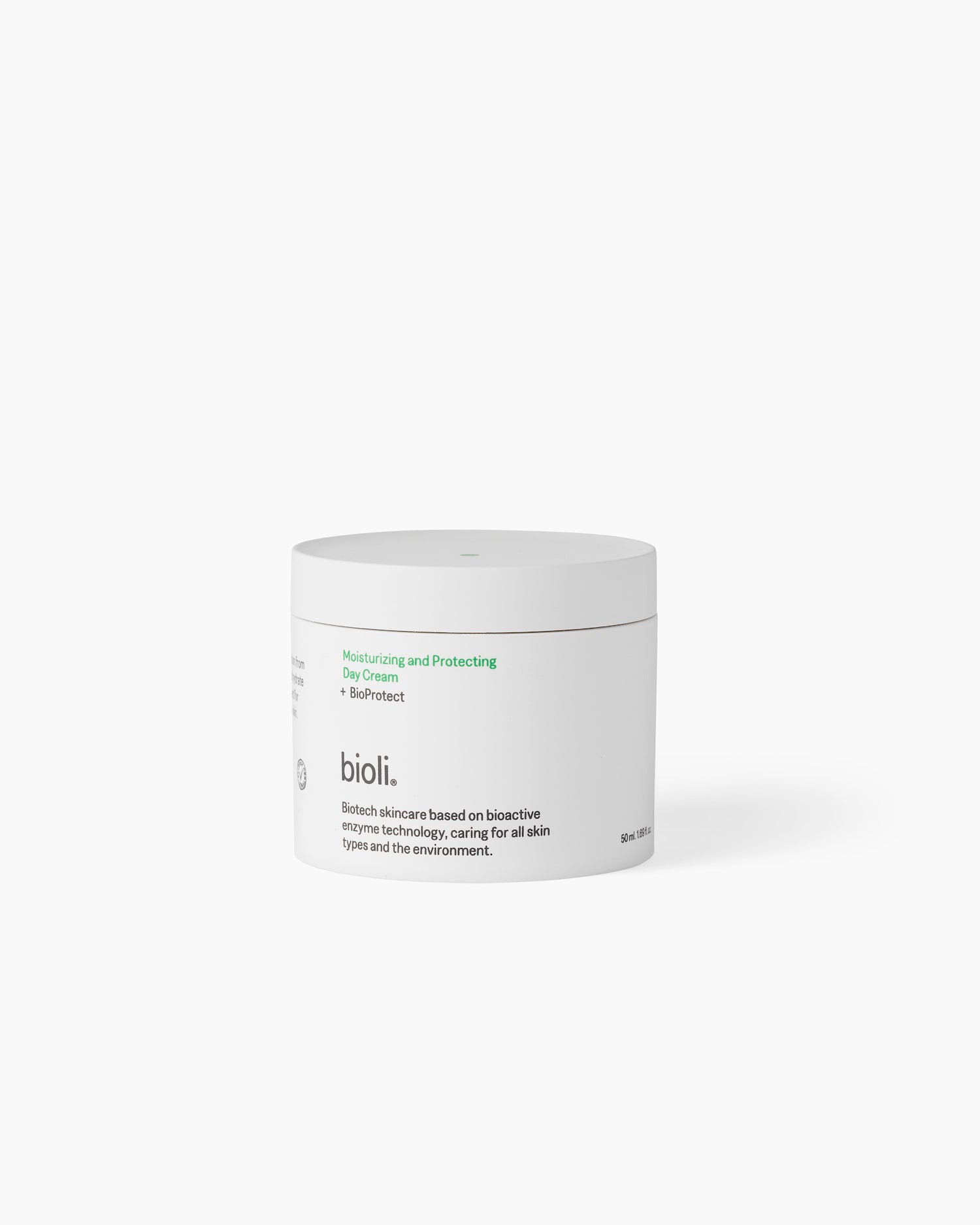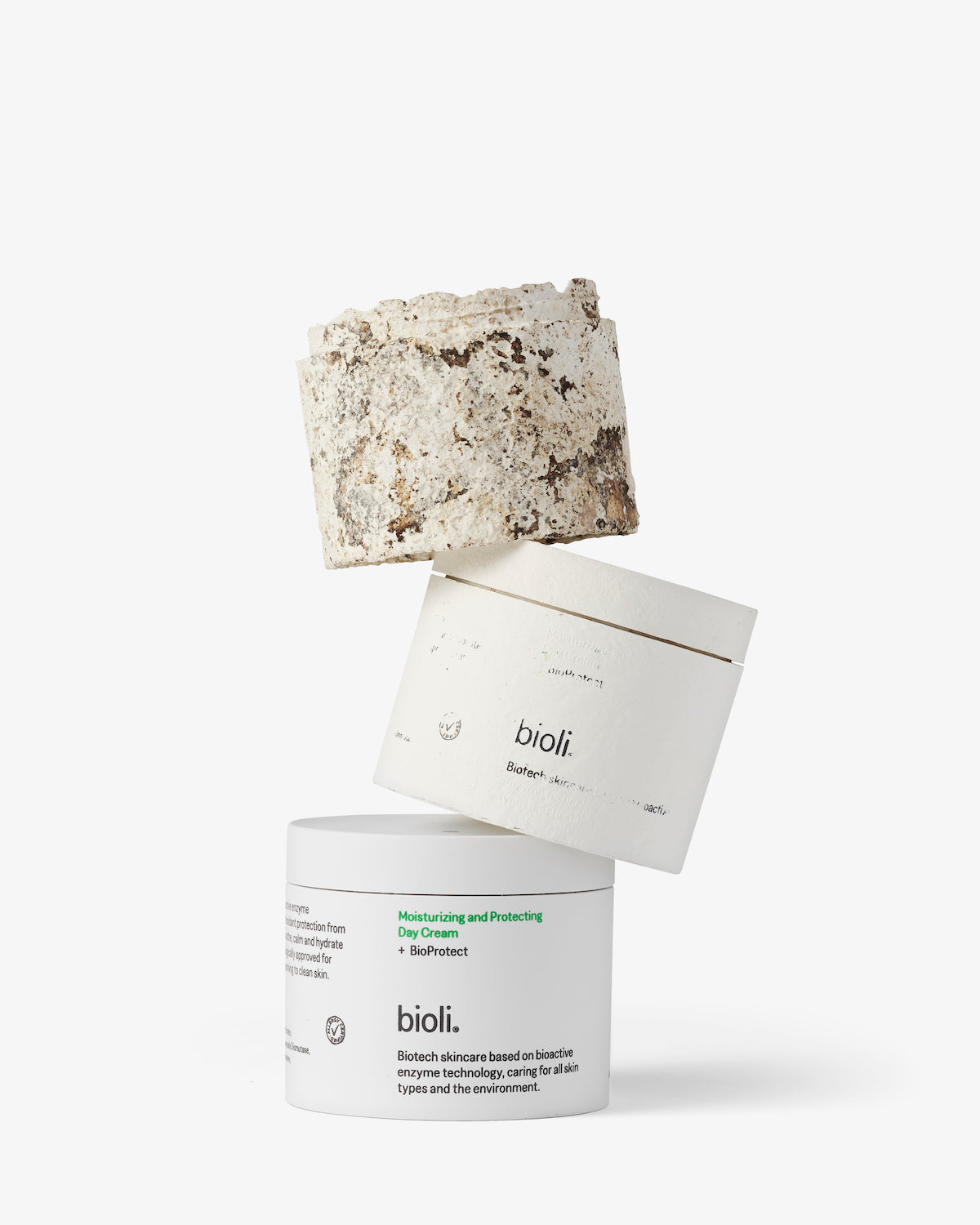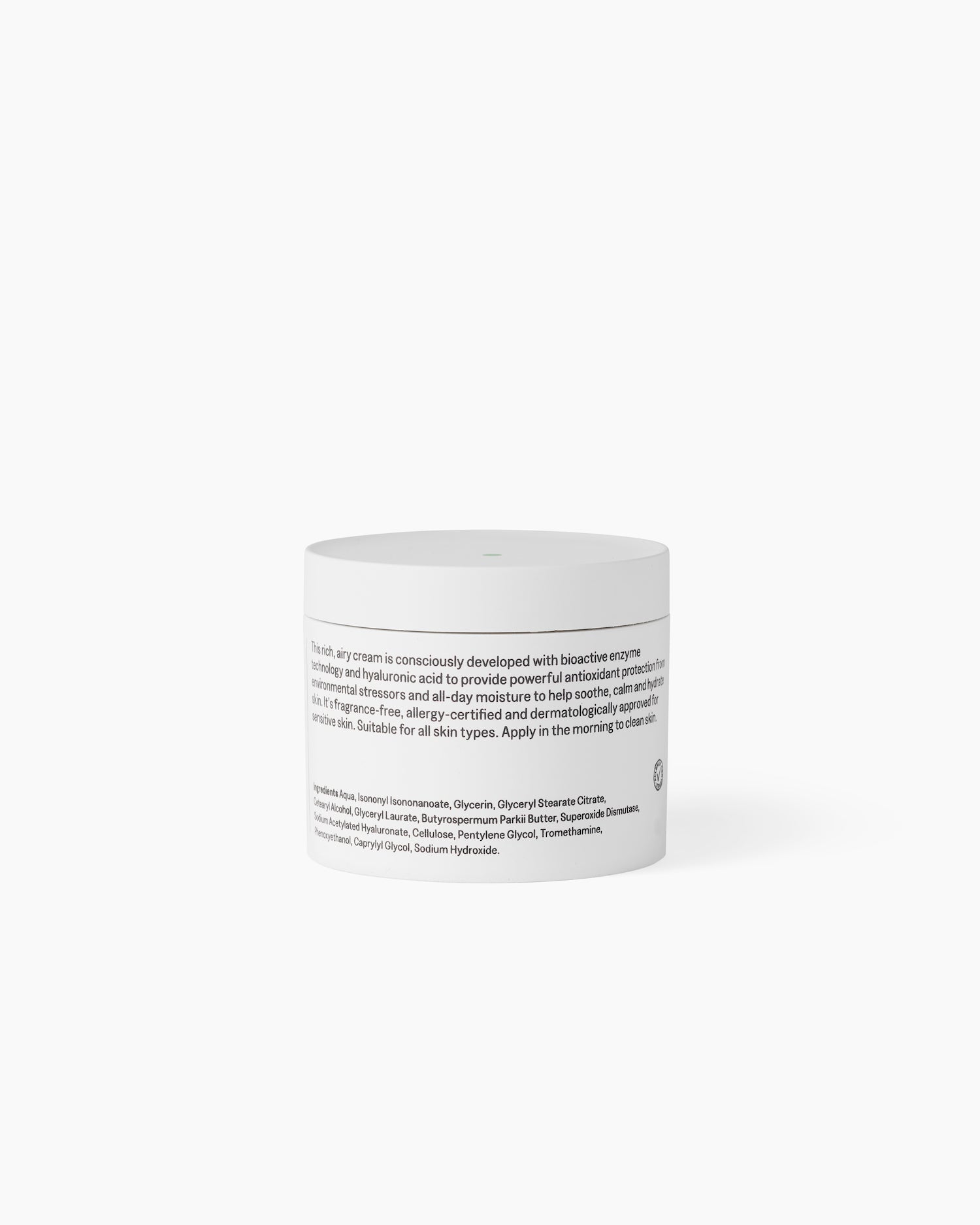The role of household consumption in global emissions
Climate change and environmental degradation are urgent issues, highlighted by rising temperatures, wildfires, threatened food supplies, and dwindling freshwater resources. The most environmentally impactful industries are: Fossil Fuels, Agriculture and Livestock, Forestry and Pulp & Paper, Mining and Metals, Manufacturing (incl. Cement, Chemicals, and Plastics, Transportation).
While these issues may seem abstract and beyond our individual control, the Intergovernmental Panel on Climate Change (IPCC) reports, in their Climate Change 2023 Synthesis Report, that human-caused climate change results from over a century of net greenhouse gas emissions, largely from energy use, land-use change, and consumption patterns. They further report that household consumption accounts for 60-70% of global emissions. Household care consumption includes a cleaning, laundry and personal care products. Let’s focus on the latter.
Skincare - a significant (overlooked) contributor
A report from the World Economic Forum identifies the top four drivers of nature loss in the skincare value chain:
- Water and resource use
- Land-use change
- Pollution
- Greenhouse gas emissions
While the focus is often on pollution and water and resource use, there is also significant consideration needed for land-use change. This aspect is critical given the nature of skincare products, which often rely on raw materials extracted from nature unless alternative biotech solutions are utilized.
Besides this report, skincare is rarely discussed in climate change debates, yet its impact is substantial and often overlooked. The cosmetics sector alone produces around 120 billion packaging units annually, most of which end up in landfills or oceans, contributing massively to plastic waste. Additionally, common ingredients like palm oil have devastating environmental impacts, accounting for 7% of global deforestation from 2000 to 2018. Moreover, 9 in10 products contain microplastics, causing water pollution, and 3800 tones of microplastics are released into the environment – e.g., microbeads.
While it is occasionally grouped with household care products, as in World Economic Forum’s recent Nature Positive Report, its specific environmental footprint is seldom highlighted. Given its daily use, the many products that are being bought and used and the market with annual growth rate of 3.08%, this impact should not be ignored.
Skincare is an intersecting industry
Although not always explicitly addressed, skincare intersects with several polluting industries through its reliance on chemical manufacturing, plastic production, energy use, transportation, and agriculture.
Here are some examples of how the most environmental impactful industries directly intersect with skincare industry:
- Fossil Fuels: The production of plastic packaging for skincare products relies heavily on petroleum.
- Agriculture and Livestock: Palm oil and other natural ingredients in skincare drive deforestation and biodiversity loss, impacting ecosystems.
- Forestry and Pulp & Paper: Paper and cardboard used for skincare product packaging contribute to deforestation if not sourced sustainably.
- Mining and Metals: Skincare packaging, such as aluminum tubes and jars, involves metal production, which causes significant energy consumption and greenhouse gas emissions.
- Manufacturing (incl. cement, chemicals and plastics): The chemical processes used to create synthetic skincare ingredients release pollutants into the environment.
-
Transportation: Global distribution of skincare products leads to significant carbon emissions from transportation.
Direct interface opportunities
But there’s good news. Unlike many other industries, skincare directly interfaces with us as consumers. This unique position means our individual behavior and choices can significantly influence the industry’s sustainability efforts and overall impact.
Much like the food, fashion, and aviation industries, where we focus on buying less, consuming more responsibly, and reducing our carbon footprint, skincare offers a similar opportunity for impact. By making mindful purchasing decisions and properly disposing of products, we can collectively drive the industry towards greener alternatives, reducing its environmental impact. Even small actions, when taken by many, can lead to substantial change.
Companies and regulations are also going towards sustainability
Many companies also recognize these issues and are taking steps to address them. A recent research article published in Sustainable Chemistry and Pharmacy highlights how sustainable practices in skincare begin at the design and development stages, influencing all subsequent phases of a product's life cycle. Integrating sustainability from cradle to grave is essential, and while smaller start-ups may find this transition easier, larger companies have the power to effect significant change due to their scale.
Also, regulations are tightening, pushing the industry towards more sustainable practices. For example, new EU rules to reduce, reuse, and recycle packaging came into effect in April 2024, aiming to mitigate the environmental impact of packaging waste.
How you can lead the change
We as consumers play a crucial role in driving change through mindful purchasing and disposal habits. Here’s how you can drive the change.
Next time you shop for a skincare product, remember that unlike some of the highlighted environmentally impactful industries, where individual contribution is limited, you can make a significant difference here.
By demanding eco-friendly packaging and ethically sourced ingredients, and prioritizing brands that align with these values, we can push the industry towards more sustainable practices. Similar to how you manage food waste and packaging in your kitchen, apply the same principles to skincare. Avoid overbuying, dispose of products responsibly, and be mindful of expiration dates.
Also, although it might seem a bit abstract, think about the intersecting industries, highlighted in this article, too. Next time you hear about a major environmental offender like fossil fuels, consider how you can reduce your consumption within your household. Lastly, as highlighted in this article, environmental impact is more than just pollution. The skincare industry heavily relies on nature, so seek solutions that prevent land-use changes and biodiversity loss. This could be biotech skincare. For more actions, check out the Bionotes article: Transitioning to a more sustainable skincare routine.
Changing to more sustainable consumption patterns is not just necessary; it is imperative for the health of our planet. As a direct consumer industry, skincare offers this unique opportunity for us to make a meaningful impact through informed and responsible choices. By leading the change, we can help steer the skincare industry towards a more sustainable future.











